Introduction
Ah, the allure of container homes! They’re like the Transformers of the housing world – turning rugged steel boxes into cozy abodes. As someone who’s been chronicling the container home journey for the past four years, I’ve seen it all. From jaw-dropping architectural marvels to questionable DIY disasters, the container home world is a fascinating one. But before you dive headfirst into this trendy housing option, there are some key considerations you should keep in mind. So, grab a cup of your favorite brew, settle into a comfy chair, and let’s unpack these crucial factors together.
Location, Location, Location
Just like in the world of traditional real estate, location is paramount when it comes to container homes. While shipping containers can be placed almost anywhere, you’ll want to consider the zoning regulations and building codes in your area. Some regions are more container-friendly than others, so it’s essential to do your research.
For instance, in places like Marfa, Texas, known for its artistic vibes, the Skyline Ranch Containers are a testament to container home magic. These containers blend seamlessly with the desert landscape and offer stunning vistas. However, in densely populated urban areas, you might face stricter zoning regulations and skeptical neighbors. Be prepared for some eyebrow-raising if you’re planning a container home in the heart of a bustling city.
Design and Layout
Container homes offer immense design flexibility, but that doesn’t mean you can skip the planning phase. You’ll need a clear vision of what you want your container home to look like and how it will function. Container homes can range from minimalist, functional spaces to luxurious, sprawling abodes.
Consider the number of containers you’ll need and how you’ll arrange them. Some homeowners opt for single-container homes, while others create multi-container masterpieces. Don’t forget about windows and doors, as they play a crucial role in making your space comfortable and inviting. Skylights can also be a fantastic addition, flooding your container home with natural light.
Take the incredible work of architect Adam Kalkin as an example. His Push Button House concept demonstrates how a container can unfold to reveal a fully functional living space, complete with a kitchen, bathroom, and sleeping area. It’s like a real-life magic trick!
Insulation and Climate
Containers are designed to withstand the harsh conditions of the open sea, but they don’t come equipped with built-in climate control. You’ll need to invest in proper insulation to keep your container home cozy in both hot and cold weather.
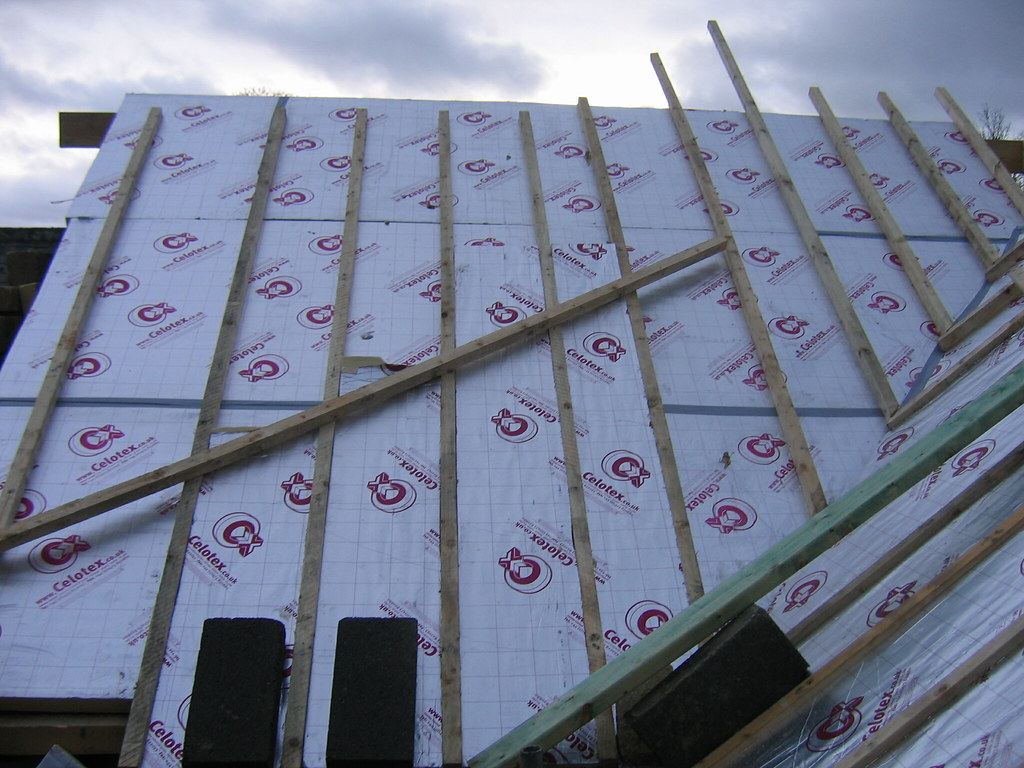
Spray foam insulation is a popular choice among container homeowners. It not only keeps the interior temperature comfortable but also helps with noise reduction. Remember, those steel walls can be quite the echo chamber without the right insulation.
Consider your local climate as well. If you’re in a hot, sunny area, you might want to install shading devices or opt for a white or reflective roof to reduce heat absorption. Conversely, if you’re in a cold climate, you’ll need to think about efficient heating options, like radiant floor heating or a high-quality wood-burning stove.
Foundation and Site Preparation
Before your container home can take shape, you’ll need a solid foundation. The type of foundation you choose depends on your site and local regulations. Common options include concrete piers, concrete slabs, and steel beams.
Keep in mind that leveling the ground and preparing the site can be a significant expense. If your land has uneven terrain or poor drainage, you might need to invest more in site preparation. It’s crucial to consult with a professional to ensure your container home has a stable and secure foundation.
Budget and Costs
Container homes often have a reputation for being more affordable than traditional houses, but that’s not always the case. The cost of your container home can vary widely depending on factors like size, location, design, and finishes.
While used shipping containers are less expensive than new ones, they may require more work to make them habitable. You’ll need to factor in the cost of insulation, plumbing, electrical systems, and interior finishes.
Let’s not forget about permits, which can be a hidden cost. Be prepared to navigate the bureaucracy and pay for necessary permits and inspections. It’s wise to have a contingency fund in case unexpected expenses arise during the construction process.
DIY vs. Professional Help
Are you a seasoned DIY enthusiast with a toolbox that rivals Bob the Builder’s, or are you more comfortable calling in the pros? The choice between a DIY project and hiring professionals depends on your skills, time, and budget.
If you’re going the DIY route, you’ll need a solid understanding of construction, as well as access to the necessary tools and equipment. There’s no shortage of inspiring DIY container home success stories, like the one featured on the hit show “Container Homes” on HGTV.
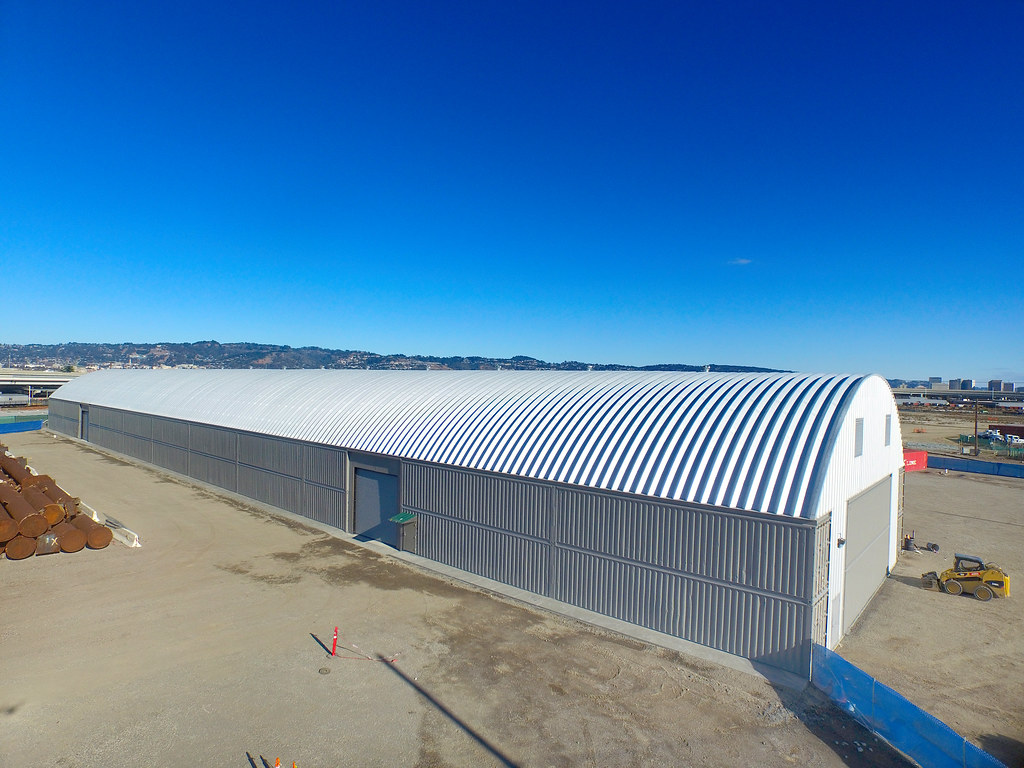
However, if you’re not a seasoned builder, it’s often best to enlist the help of experienced professionals. They can ensure that your container home is structurally sound, complies with local codes, and meets your design goals. Remember, safety should always be a top priority.
Permits and Regulations
Ah, the world of permits and regulations – a labyrinth of paperwork and red tape that can challenge even the most patient souls. Before you embark on your container home journey, familiarize yourself with local building codes and regulations.
Permit requirements can vary widely depending on your location. Some areas are more container-friendly than others, while some may have strict regulations that require modifications to meet safety and zoning standards.
For instance, in Las Vegas, you can find the famous “Six-Container House,” a stunning example of a container home that embraces the desert landscape. But getting this project approved involved navigating the city’s codes and regulations.
Conclusion
Container homes offer an exciting and sustainable housing alternative that continues to capture the imagination of homeowners and architects alike. With proper planning and consideration of the factors discussed above, you can embark on a container home project that meets your needs and vision.
As you venture into the world of container homes, remember that it’s not just about recycling old shipping containers; it’s about creating a comfortable and functional living space that suits your lifestyle. Whether you’re a seasoned DIY enthusiast or prefer to leave it to the pros, the key is to approach your container home project with enthusiasm and careful planning.
So, go ahead and dream big, fellow container home enthusiast. With the right knowledge and a dash of creativity, your container home can become a unique and sustainable sanctuary that reflects your personality and values. Happy container home building!











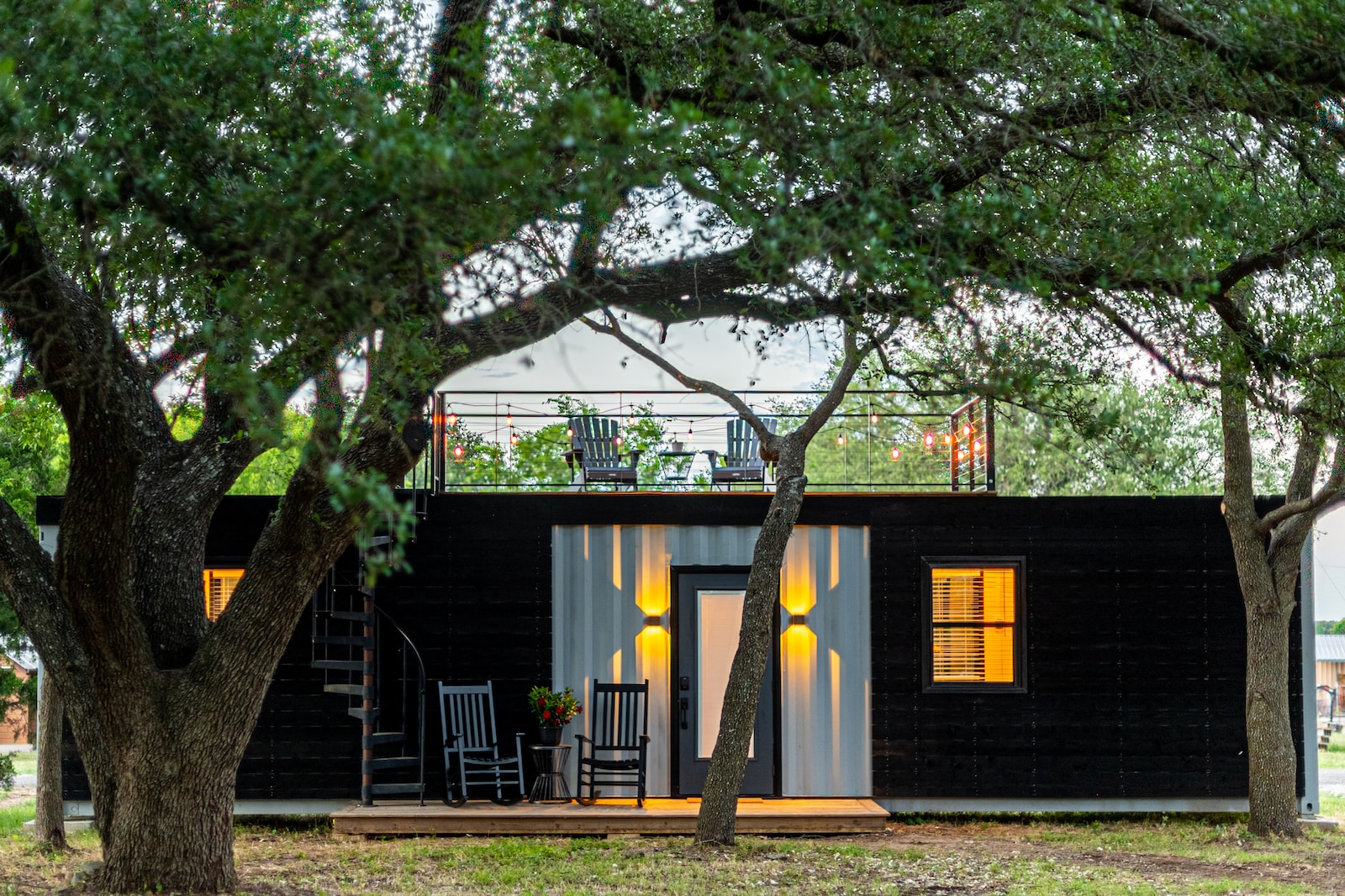
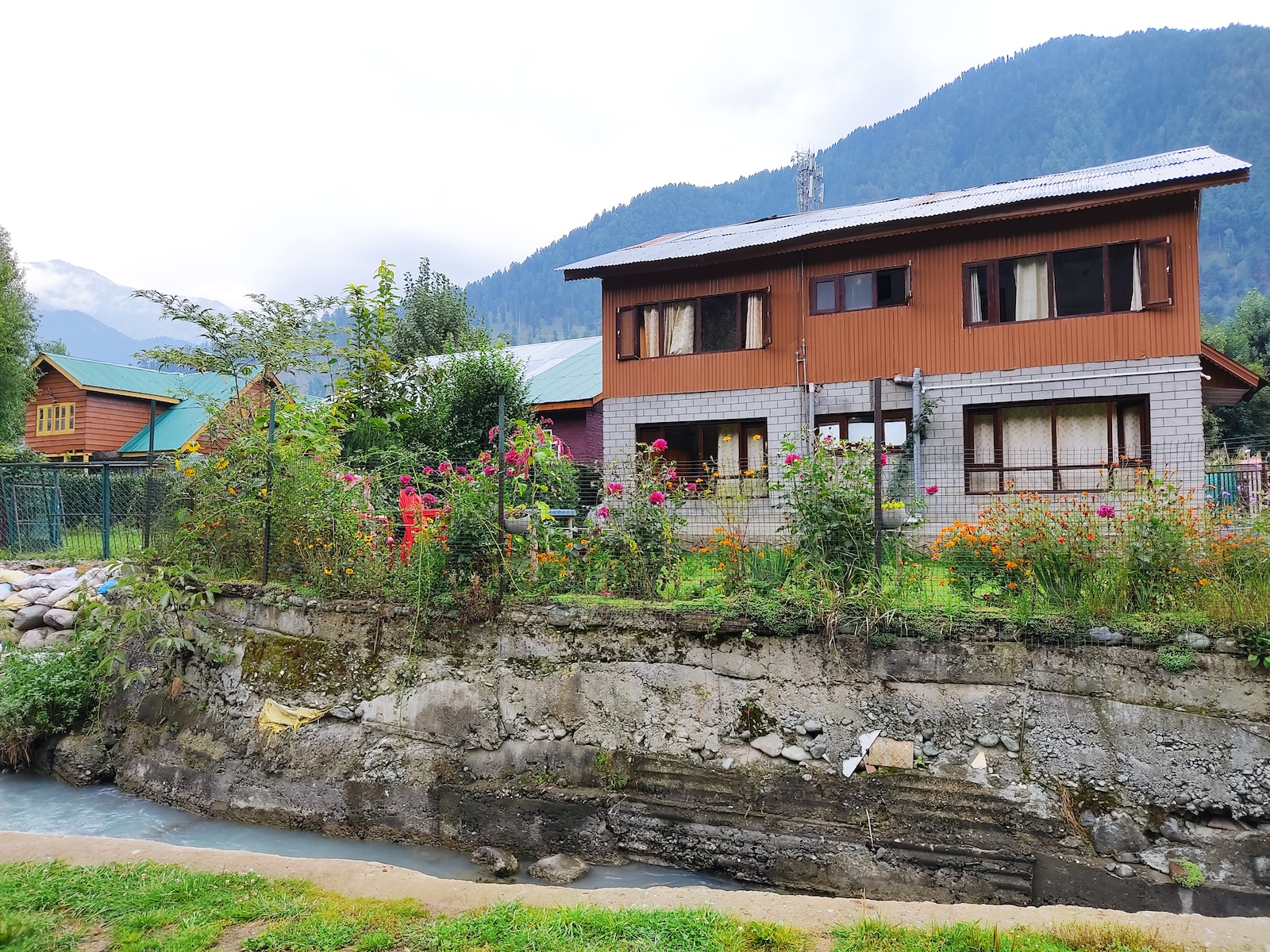





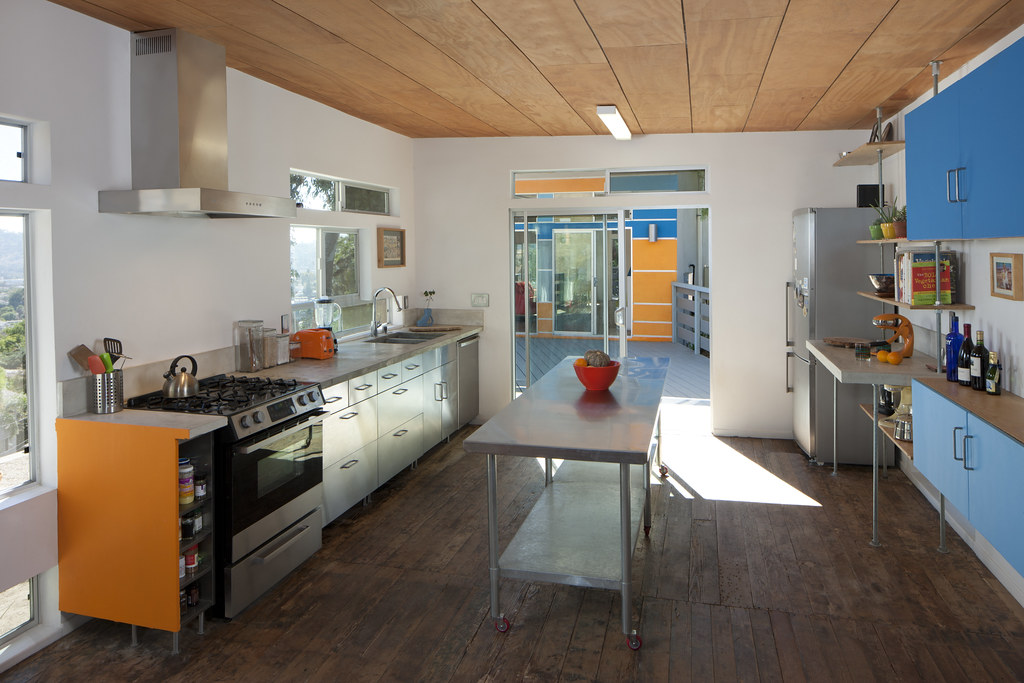
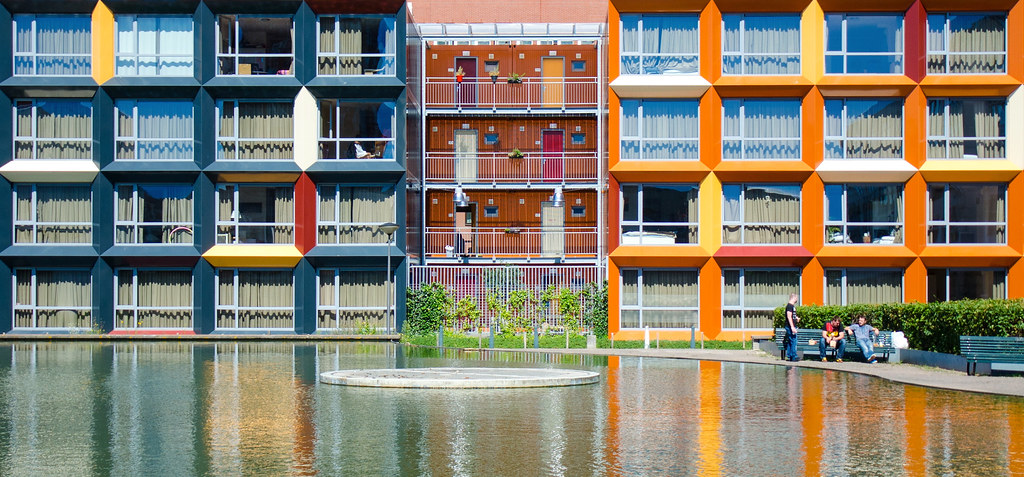
Find Us on Socials